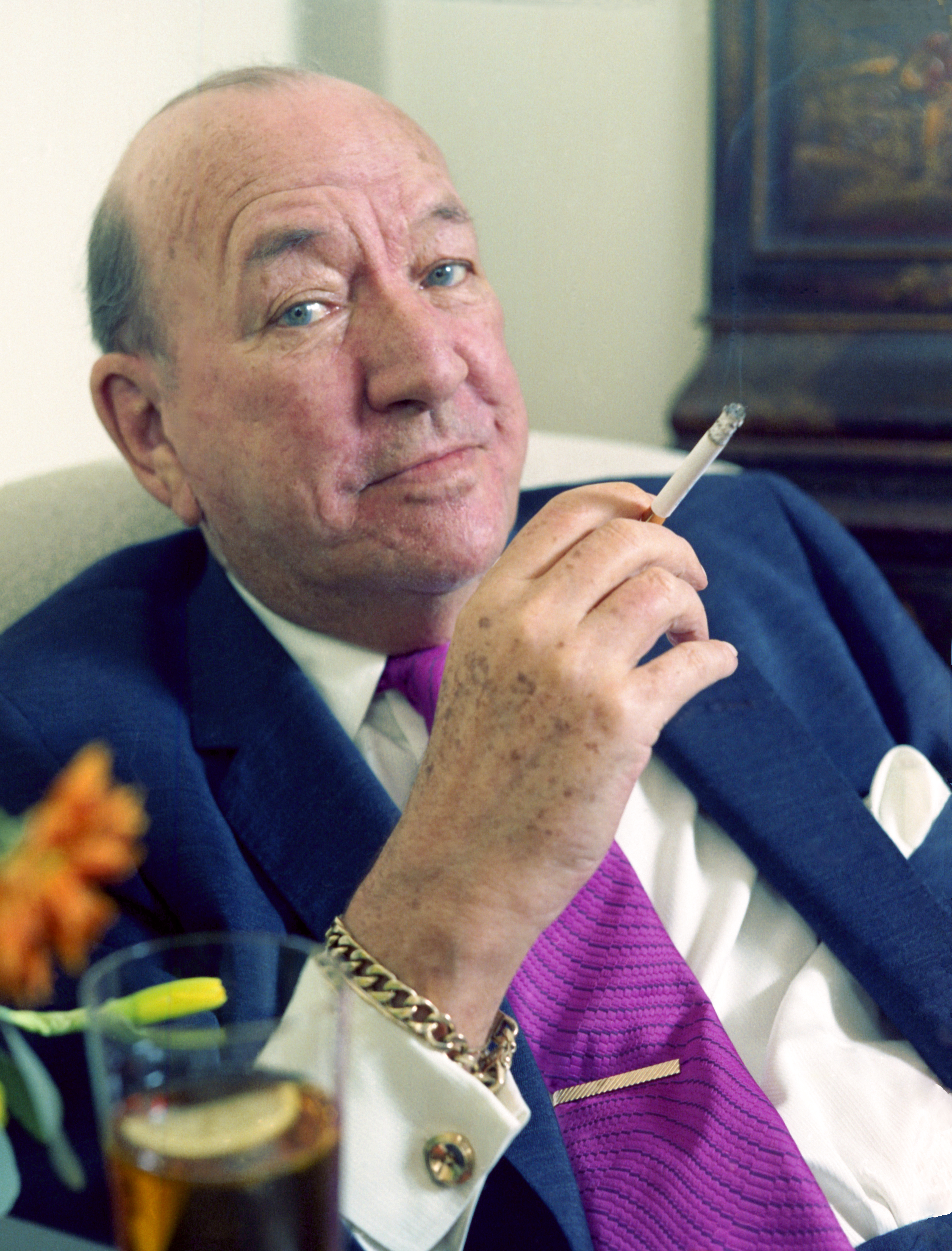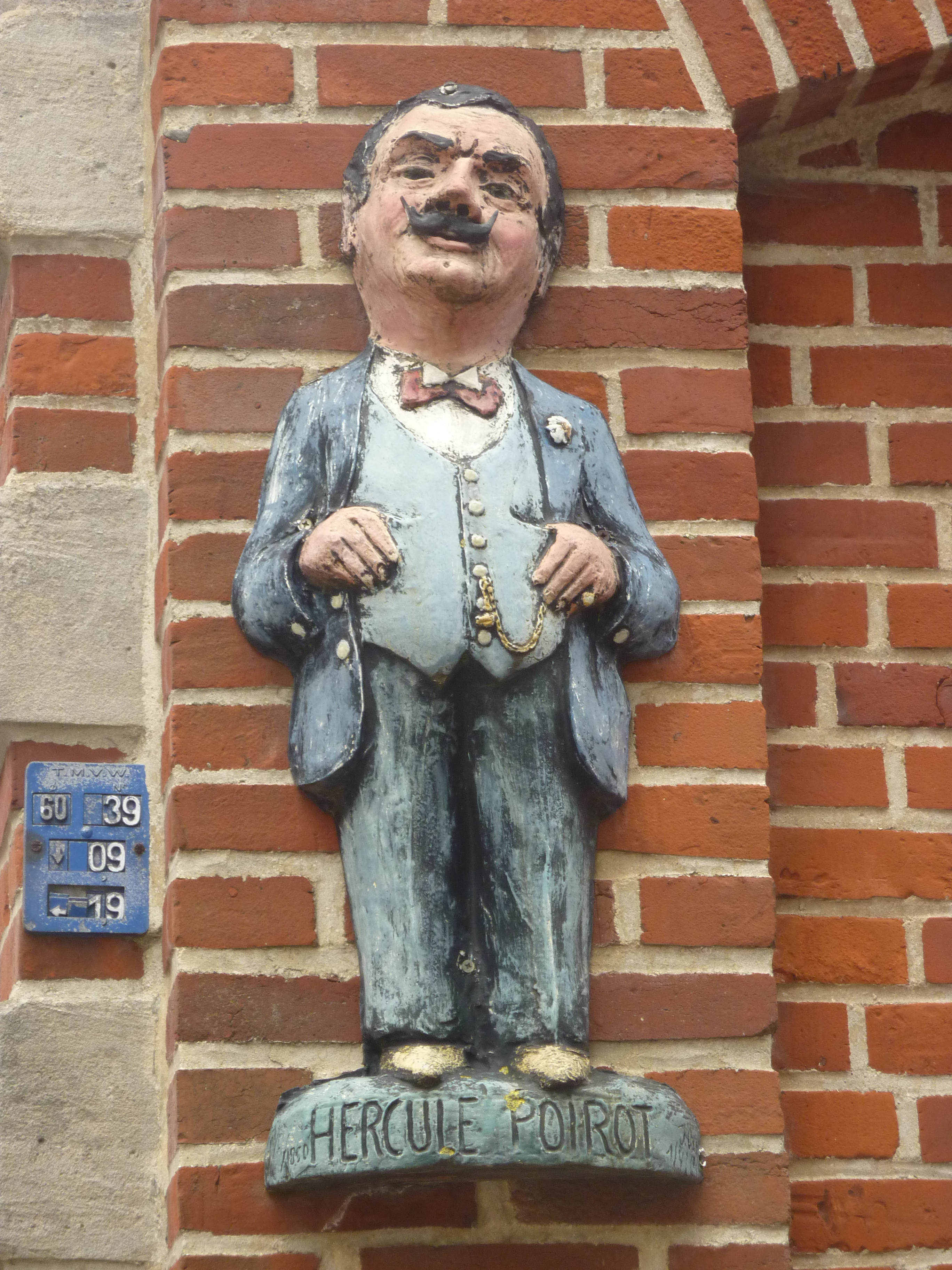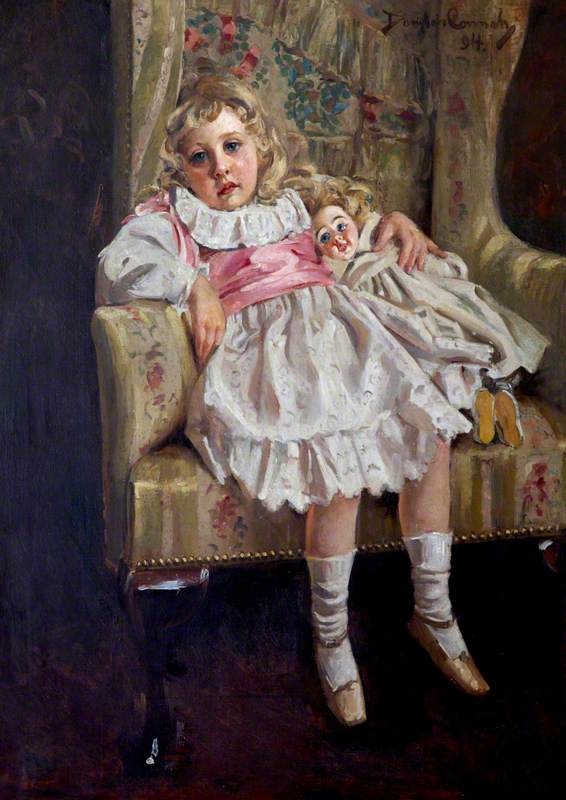|
Burgh Island
Burgh Island is a tidal island on the coast of South Devon in England near the small seaside village of Bigbury-on-Sea. There are several buildings on the island, the largest being the Art Deco Burgh Island Hotel. The other buildings are three private houses, and a pub, the Pilchard Inn. History Archaeological discovery of tin ingots at the River Erme estuary wreck show that the local area was a significant tin trading port in ancient times; it is unclear whether the ingots date from the Iron Age or Sub-Roman periods, however this discovery so close to Burgh Island has drawn comparisons with Diodorus Siculus's 1st century BCE text, more often associated with St Michael's Mount in Cornwall: The island has been known by various names over the years. Early records and maps mention it as St Michael's Island. The name later changed to Borough Island, eventually shortened to Burgh. As late as 1947 an Ordnance Survey map refers to the island as Borough Island. In 1908 a postcard ... [...More Info...] [...Related Items...] OR: [Wikipedia] [Google] [Baidu] |
Bigbury-on-Sea
Bigbury-on-Sea is a village in the South Hams district on the south coast of Devon, England. It is part of the civil parish of Bigbury which is centred on a small village of that name about a mile inland. Bigbury-on-Sea village is on the coast above the largest sandy beach in South Devon facing south to Bigbury Bay. The tidal island of Burgh Island lies about offshore. At the start of the 20th century Bigbury-on-Sea consisted of a few fishermen's cottages with fish cellars. The village grew with the growth in holidaymaking and now has a beach cafe, and by the mainland side of causeway is the Burgh Island Causeway resort built in 1998 replacing the burnt out fishermen's cottages after a controversial planning application. The resort is made up of privately owned and holiday let flats and a private leisure club with indoor pool and gym. The Devon Coastal Path runs behind the resort. The large sandy beach is very popular for wave and wind based water sports, but it lost its Blue ... [...More Info...] [...Related Items...] OR: [Wikipedia] [Google] [Baidu] |
Postcard
A postcard or post card is a piece of thick paper or thin cardboard, typically rectangular, intended for writing and mailing without an envelope. Non-rectangular shapes may also be used but are rare. There are novelty exceptions, such as wooden postcards, copper postcards sold in the Copper Country of the U.S. state of Michigan, and coconut "postcards" from tropical islands. In some places, one can send a postcard for a lower fee than a letter. Stamp collectors distinguish between postcards (which require a postage stamp) and postal cards (which have the postage pre-printed on them). While a postcard is usually printed and sold by a private company, individual or organization, a postal card is issued by the relevant postal authority (often with pre-printed postage). Production of postcards blossomed in the late 19th and early 20th centuries. As an easy and quick way for individuals to communicate, they became extremely popular. The study and collecting of postcards is terme ... [...More Info...] [...Related Items...] OR: [Wikipedia] [Google] [Baidu] |
Lovejoy
''Lovejoy'' is a British television comedy-drama mystery series, based on the novels by John Grant under the pen name Jonathan Gash. The show, which ran to 71 episodes over six series, was originally broadcast on BBC1 between 10 January 1986 and 4 December 1994, although there was a five-year gap between the first and second series. It was adapted for television by Ian La Frenais. Overview The series concerns the adventures of the eponymous Lovejoy, a roguish antiques dealer based in East Anglia filmed around Long Melford. Within the trade, he has a reputation as a "divvy", a person with almost unnatural powers of recognising exceptional items as well as distinguishing genuine antiques from fakes or forgeries. Characters * Lovejoy, played by Ian McShane, a less than scrupulous yet likeable rogue antique dealer * Eric Catchpole, played by Chris Jury (series 1–5; guest, series 6), Lovejoy's younger, enthusiastic, but ever so slightly dim, assistant * Tinker Dill, play ... [...More Info...] [...Related Items...] OR: [Wikipedia] [Google] [Baidu] |
Noël Coward
Sir Noël Peirce Coward (16 December 189926 March 1973) was an English playwright, composer, director, actor, and singer, known for his wit, flamboyance, and what ''Time'' magazine called "a sense of personal style, a combination of cheek and chic, pose and poise"."Noel Coward at 70" ''Time'', 26 December 1969, p. 46 Coward attended a dance academy in London as a child, making his professional stage début at the age of eleven. As a teenager he was introduced into the high society in which most of his plays would be set. Coward achieved enduring success as a playwright, publishing more than 50 plays from his teens onwards. Many of his works, such as '' |
Hercule Poirot
Hercule Poirot (, ) is a fictional Belgian detective created by British writer Agatha Christie. Poirot is one of Christie's most famous and long-running characters, appearing in 33 novels, two plays ('' Black Coffee'' and ''Alibi''), and more than 50 short stories published between 1920 and 1975. Poirot has been portrayed on radio, in film and on television by various actors, including Austin Trevor, John Moffatt, Albert Finney, Peter Ustinov, Ian Holm, Tony Randall, Alfred Molina, Orson Welles, David Suchet, Kenneth Branagh, and John Malkovich. Overview Influences Poirot's name was derived from two other fictional detectives of the time: Marie Belloc Lowndes' Hercule Popeau and Frank Howel Evans' Monsieur Poiret, a retired French police officer living in London. Evans' Jules Poiret "was small and rather heavyset, hardly more than five feet, but moved with his head held high. The most remarkable features of his head were the stiff military moustache. His apparel was ... [...More Info...] [...Related Items...] OR: [Wikipedia] [Google] [Baidu] |
And Then There Were None
''And Then There Were None'' is a mystery novel by the English writer Agatha Christie, described by her as the most difficult of her books to write. It was first published in the United Kingdom by the Collins Crime Club on 6 November 1939, as ''Ten Little Niggers'', after the children's counting rhyme and minstrel song, which serves as a major plot element. The US edition was released in January 1940 with the title ''And Then There Were None'', taken from the last five words of the song. Successive American reprints and adaptations use that title, though Pocket Books paperbacks used the title ''Ten Little Indians'' between 1964 and 1986. UK editions continued to use the original title until 1985. The book is the world's best-selling mystery, and with over 100 million copies sold is one of the best-selling books of all time. The novel has been listed as the sixth best-selling title (any language, including reference works). Plot ''These details correspond to the text of th ... [...More Info...] [...Related Items...] OR: [Wikipedia] [Google] [Baidu] |
Agatha Christie
Dame Agatha Mary Clarissa Christie, Lady Mallowan, (; 15 September 1890 – 12 January 1976) was an English writer known for her 66 detective novels and 14 short story collections, particularly those revolving around fictional detectives Hercule Poirot and Miss Marple. She also wrote the world's longest-running play, the murder mystery ''The Mousetrap'', which has been performed in the West End since 1952. A writer during the "Golden Age of Detective Fiction", Christie has been called the "Queen of Crime". She also wrote six novels under the pseudonym Mary Westmacott. In 1971, she was made a Dame (DBE) by Queen Elizabeth II for her contributions to literature. ''Guinness World Records'' lists Christie as the best-selling fiction writer of all time, her novels having sold more than two billion copies. Christie was born into a wealthy upper middle class family in Torquay, Devon, and was largely home-schooled. She was initially an unsuccessful writer with six co ... [...More Info...] [...Related Items...] OR: [Wikipedia] [Google] [Baidu] |
Thurlestone
Thurlestone is a village west of Kingsbridge in the South Hams district in south Devon, England. There is an electoral ward in the same name. The population at the United Kingdom Census 2011, 2011 census was 1,886. The village takes its name from Thurlestone Rock, the so-called "thirled stone", an arch-shaped rock formation just offshore in Thurlestone Bay. The village's All Saints church is built of the dark grey local slate. The chancel is early 13th century; the remainder of the church 15th and 16th century. Thurlestone Marsh Thurlestone Marsh () is one of three small wetlands south of the village (South Milton Ley and South Huish Marsh are the others). It is formed where a small unnamed stream flows through low-lying flat farmland just inland from Leas Foot Sand, a small beach just to the southwest of the village. The site consists of a number of reed-fringed pools. Tourism Tourism is supported by self-catering houses and a hotel in the village. About 60% of houses i ... [...More Info...] [...Related Items...] OR: [Wikipedia] [Google] [Baidu] |
World War II
World War II or the Second World War, often abbreviated as WWII or WW2, was a world war that lasted from 1939 to 1945. It involved the vast majority of the world's countries—including all of the great powers—forming two opposing military alliances: the Allies and the Axis powers. World War II was a total war that directly involved more than 100 million personnel from more than 30 countries. The major participants in the war threw their entire economic, industrial, and scientific capabilities behind the war effort, blurring the distinction between civilian and military resources. Aircraft played a major role in the conflict, enabling the strategic bombing of population centres and deploying the only two nuclear weapons ever used in war. World War II was by far the deadliest conflict in human history; it resulted in 70 to 85 million fatalities, mostly among civilians. Tens of millions died due to genocides (including the Holocaust), starvation, ma ... [...More Info...] [...Related Items...] OR: [Wikipedia] [Google] [Baidu] |
Nazi Germany
Nazi Germany (lit. "National Socialist State"), ' (lit. "Nazi State") for short; also ' (lit. "National Socialist Germany") (officially known as the German Reich from 1933 until 1943, and the Greater German Reich from 1943 to 1945) was the German state between 1933 and 1945, when Adolf Hitler and the Nazi Party controlled the country, transforming it into a dictatorship. Under Hitler's rule, Germany quickly became a totalitarian state where nearly all aspects of life were controlled by the government. The Third Reich, meaning "Third Realm" or "Third Empire", alluded to the Nazi claim that Nazi Germany was the successor to the earlier Holy Roman Empire (800–1806) and German Empire (1871–1918). The Third Reich, which Hitler and the Nazis referred to as the Thousand-Year Reich, ended in May 1945 after just 12 years when the Allies defeated Germany, ending World War II in Europe. On 30 January 1933, Hitler was appointed chancellor of Germany, the head of gove ... [...More Info...] [...Related Items...] OR: [Wikipedia] [Google] [Baidu] |
Chapel
A chapel is a Christian place of prayer and worship that is usually relatively small. The term has several meanings. Firstly, smaller spaces inside a church that have their own altar are often called chapels; the Lady chapel is a common type of these. Secondly, a chapel is a place of worship, sometimes non-denominational, that is part of a building or complex with some other main purpose, such as a school, college, hospital, palace or large aristocratic house, castle, barracks, prison, funeral home, cemetery, airport, or a military or commercial ship. Thirdly, chapels are small places of worship, built as satellite sites by a church or monastery, for example in remote areas; these are often called a chapel of ease. A feature of all these types is that often no clergy were permanently resident or specifically attached to the chapel. Finally, for historical reasons, ''chapel'' is also often the term used by independent or nonconformist denominations for their places of wor ... [...More Info...] [...Related Items...] OR: [Wikipedia] [Google] [Baidu] |
.jpg)






